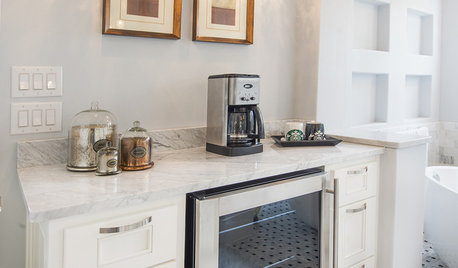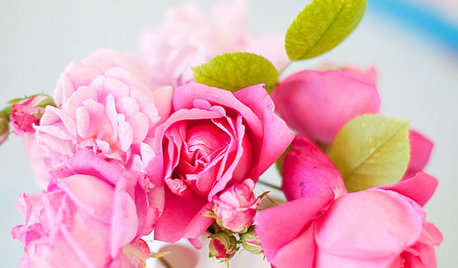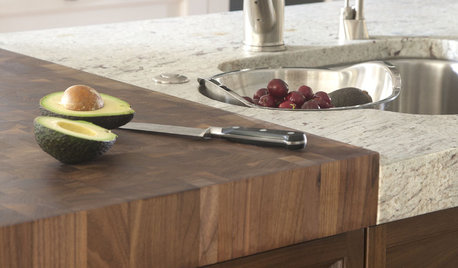cutting tips please
bobbygil
11 years ago
Related Stories

HOME OFFICESQuiet, Please! How to Cut Noise Pollution at Home
Leaf blowers, trucks or noisy neighbors driving you berserk? These sound-reduction strategies can help you hush things up
Full Story
GARDENING GUIDESGreat Design Plant: Snowberry Pleases Year-Round
Bright spring foliage, pretty summer flowers, white berries in winter ... Symphoricarpos albus is a sight to behold in every season
Full Story
BATHROOM DESIGNUpload of the Day: A Mini Fridge in the Master Bathroom? Yes, Please!
Talk about convenience. Better yet, get it yourself after being inspired by this Texas bath
Full Story
HOUSEPLANTSMother-in-Law's Tongue: Surprisingly Easy to Please
This low-maintenance, high-impact houseplant fits in with any design and can clear the air, too
Full Story
GARDENING GUIDES7 Ecofriendly Gardening Ideas That Also Cut Chore Time
Spend less time weeding, less money watering and more moments just sitting back and enjoying your healthy garden
Full Story
BUDGET DECORATINGSimple Pleasures: Treat Yourself to Cut Flowers
Enjoy priceless beauty with just a few inexpensive stems — and you don’t need fancy vases, either
Full Story
KITCHEN DESIGNKitchen Counters: Try an Integrated Cutting Board for Easy Food Prep
Keep knife marks in their place and make dicing and slicing more convenient with an integrated butcher block or cutting board
Full Story
DECORATING GUIDES10 Bedroom Design Ideas to Please Him and Her
Blend colors and styles to create a harmonious sanctuary for two, using these examples and tips
Full Story
REMODELING GUIDESContractor Tips: How to Install Tile
Before you pick up a single tile, pull from these tips for expert results
Full Story
KITCHEN DESIGN8 Kitchen Design Tips for Foodies
If you own at least one pricey knife and have a slew of kitchen tools, you’ll want to read this
Full StoryMore Discussions






rich_dufresne
Gerris2 (Joseph Delaware Zone 7a)
Related Professionals
Glen Ellyn Landscape Architects & Landscape Designers · Ilchester Landscape Architects & Landscape Designers · Willowick Landscape Architects & Landscape Designers · Bound Brook Landscape Contractors · Elmhurst Landscape Contractors · Fort Atkinson Landscape Contractors · Kaneohe Landscape Contractors · Metairie Landscape Contractors · Newberg Landscape Contractors · Suitland Landscape Contractors · The Woodlands Landscape Contractors · Tuscaloosa Landscape Contractors · Wailuku Landscape Contractors · Malibu Outdoor Lighting & Audio Visual Systems · Honolulu Siding & ExteriorsbobbygilOriginal Author
rich_dufresne
zzackey
rich_dufresne
absoluteblock
zzackey
rich_dufresne
mamster
bobbygilOriginal Author
rich_dufresne